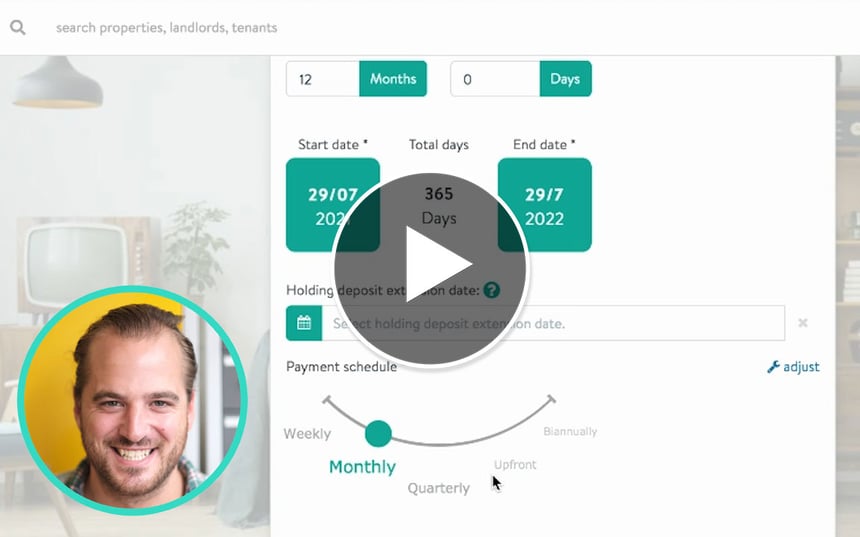Could the build-to-rent sector bolster housing supply? [+podcast]
Mark Gray, Elevation Estate Agents, discusses the role of the build-to-rent sector in today's lettings landscape, amidst a decline in rental stock levels.
The build-to-rent sector is growing. Data shows that, in 2020, the market only accounted for 1.4% of all households in the UK's private rented sector (PRS), yet recent figures point to a record £1.6bn invested in the UK's build-to-rent sector in Q1 2022.
This comes at a time when the availability of rented properties is at an all time low, with an estimated 21% drop in available UK rental homes available between 2019 and 2022. So, what impact could the growing build-to-rent segment of the PRS have on supply?
The typical build-to-rent tenant
Slightly under two thirds of Elevation Letting's tenants in the Milton Keynes area are aged between 21 and 30, which is the classic demographic that the build-to-rent operators are looking for.
These operators focus on this younger, professional audience that won't decide to buy a property in the immediate future, as statistics show that 34 is now the current average age of the first-time buyer. If the majority of their occupants planned to buy a property, their model wouldn't work.
Operators can see that there's a strong emerging marketplace for this type of rental property. The challenge is that the right tenant demographic needs to continue to grow to justify the investment - which shows the importance of government policies to help direct regional investment and to make build to rent a more established component of the PRS.
Regional spread of build to rent investment
This brings me to the regional impact of build to rent. Organisations are piling into Milton Keynes and building large numbers of good quality apartments.
Over the course of the next five years, there's a pipeline of around 3,000 apartments that could get built in the area - build-to-rent operators can fit an awful lot into a small square area if they build upwards.
More than 60% of the build-to-rent pipeline is outside London, according to Knight Frank's data. The North West encompasses nearly 16%, followed by 11% in the West Midlands - yet all regions now boast a pipeline exceeding existing stock.
This all factors into the government's plans to level up, part of which is encouraging a steady flow of talent around the UK, not simply focused in London.
If we want to have a more sustainable, level employment market across the UK, young people have got to have an opportunity to live in the types of property they want, to give employers access to a similar pool of talent to that in London, says a Knight Frank report.
This gap is where build-to-rent properties can fit in, to entice this younger crowd.
Build to rent, social housing, and private landlords
Unfortunately, for middle-aged and older tenants, the build-to-rent model may not fit. That's where the likes of social housing or private landlords can fill the void.
Some tenants are perfectly happy to pay the prices that the build-to-rent operators are charging, for the fringe benefits. However, not all tenants will want to spend those higher rates for all the bells and whistles - they just want a home without the add ons, which traditional, private landlords can provide.
There's also no point in housing associations or private landlords offering a similar product to the build-to-rent operators, because they're then competing for the same marketplace, and one that the build-to-rent model does well.
If there are 30% of tenants in the 31 to 50 age bracket, social housing organisations could quite easily look to service that particular marketplace.
This older rental segment is also growing, giving social housing and private landlords more to work with. Cushman and Wakefield's data shows that the number of renters aged between 45 and 54 rose by 50% in 10 years, and those aged 55-64 are up a remarkable 111% in the same period.
Build to rent for the future
The build-to-rent model is therefore a solution for a certain demographic in the overall private rental sector, working alongside housing associations and private landlords.
Although investment is growing, it's still restricted to certain densely populated areas with a young, professional population, so it won't cure the private rental sector's supply issues overnight.
It will take 20 years or more before the model starts to have a real impact. In Milton Keynes, a highly dense metropolis area, that process has started. It's just a case of how quickly it will ramp up across the UK.
Want the latest lettings new delivered straight to your inbox every week? Sign up to our mailing list and stay up to date.










